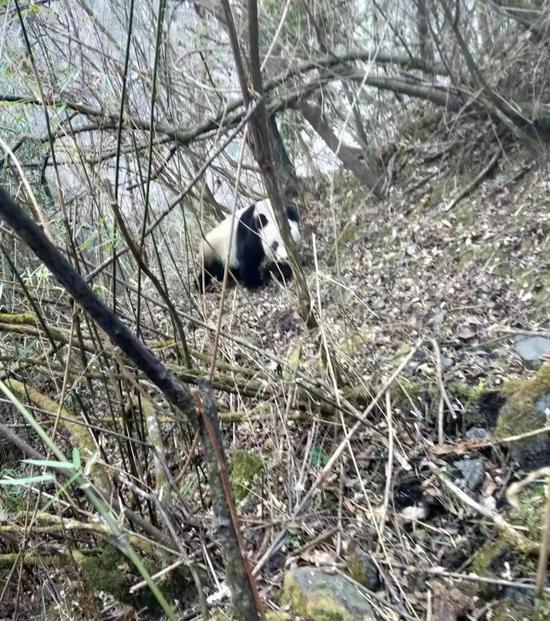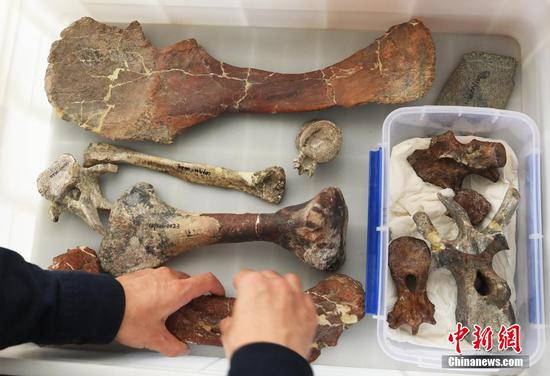An international team of researchers from Japan and China has found that geese may have been domesticated as early as 7,000 years ago, suggesting that they were the first poultry species to be domesticated.
Scientists have long held different opinions on the history of the domestication of birds. Some suggest chickens were the first to be domesticated.
In 2014, Chinese researchers reported ancient DNA sequences taken from the earliest archaeological chicken bone discovery in China, suggesting chickens were domesticated in northern China as early as 10,000 years ago.
The researchers behind the goose study said that the 2014 study lacks firm evidence.
In the new study, the team excavated the archaeological site of Tianluoshan, a 7,000-year-old rice cultivation village in the lower Yangtze River valley in what is today known as east China's Zhejiang Province. They found a total of 232 goose bones at the site. The inhabitants of the village were hunter-gatherers.
The researchers used multiple approaches to study the bones, and found lines of evidence of domestication.
Four bones were from goslings ranging from eight to 16 weeks old, suggesting they hatched near the site. Geese were domesticated from wild geese. These migratory birds fly to northern Siberia to breed after the spring equinox and then fly south for the winter, according to researchers from the Zhejiang Provincial Institute of Cultural Relics and Archaeology.
They said the goslings were too young to have flown in from elsewhere. At the time, Tianluoshan did not have the conditions to be a natural breeding place for wild geese, so it follows that the goslings were born after domestication.
The researchers also analyzed the chemical makeup of adult goose bones, which contained evidence of the water they drank. Their analysis indicated that the adult geese also seemed to have been locally bred. The locally bred geese were roughly the same size, suggesting captive breeding. Carbon dating also showed that the bones belonged to geese that lived about 7,000 years ago.
The findings have been published in the U.S. journal the Proceedings of the National Academy of Sciences (PNAS).
The researchers said that ancient DNA analysis is required in further studies to investigate which species were bred to become local geese populations.


















































 京公网安备 11010202009201号
京公网安备 11010202009201号